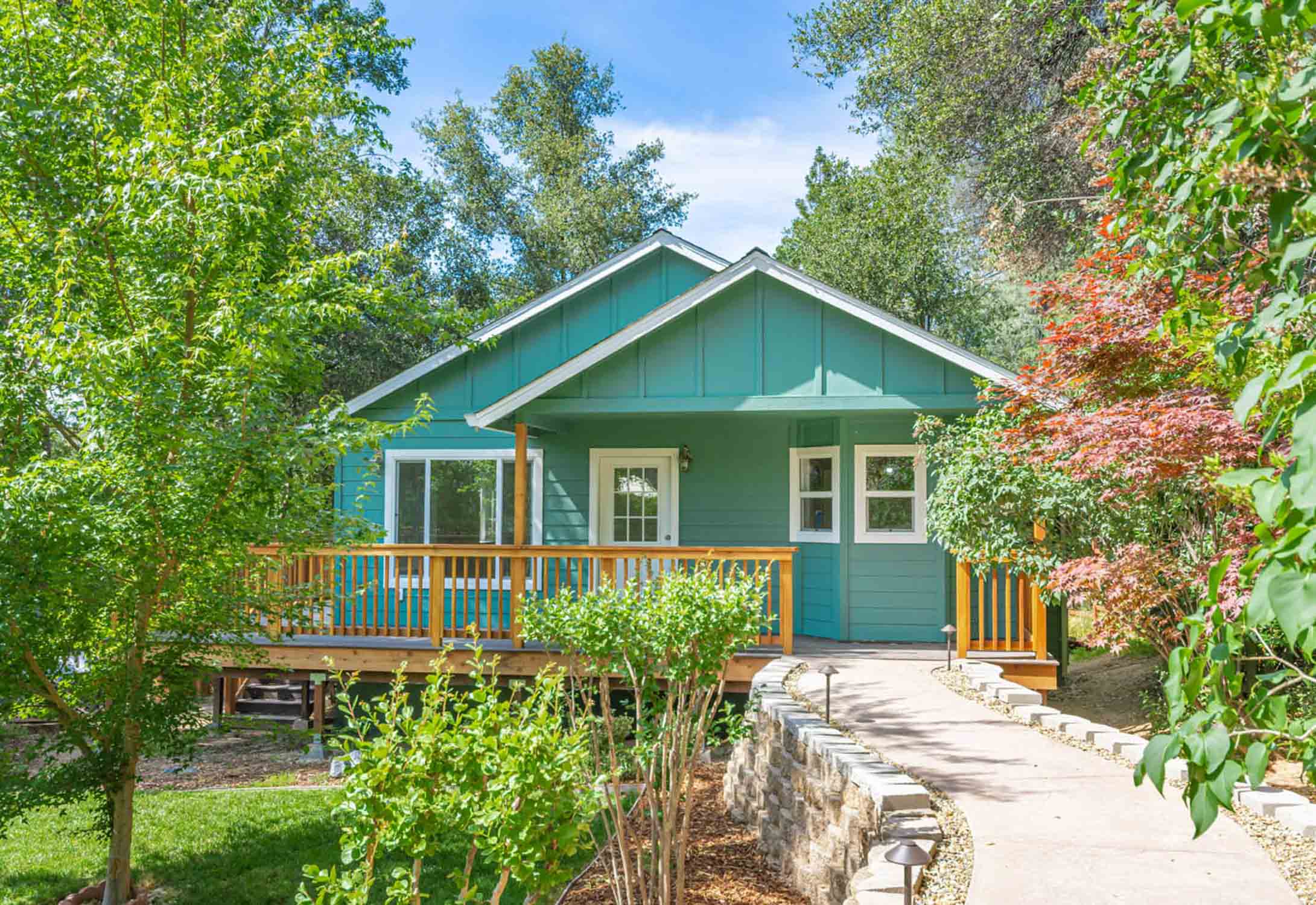As the baby boomer generation continues to age, the demand for suitable housing options for seniors is on the rise. With an increasing number of seniors needing long-term care and assistance, the strain on traditional housing solutions such as senior living communities, continual care retirement communities (CCRs), assisted living facilities, and nursing homes is becoming more apparent. However, amidst this growing demand and shortage of appropriate housing, Accessory Dwelling Units (ADUs) emerge as a promising alternative that offers numerous advantages for seniors and their families.
The Demographic Realities: Baby Boomers and Long-Term Care
The baby boomer generation, born between 1946 and 1964, comprises a significant portion of the population in many countries. As this generation ages, the need for long-term care and housing solutions tailored to their needs is becoming increasingly urgent. According to demographic projections, the number of individuals aged 65 and older is expected to substantially increase over the coming decades, putting significant pressure on the long-term care industry.
Supply-Demand Mismatch in the Long-Term Care Industry
One of the critical challenges facing the long-term care industry is the growing gap between the demand for caregivers and the available supply of workers. As the aging population swells, the need for trained professionals to provide care and support to seniors also rises. However, the supply of qualified caregivers is struggling to keep pace with this demand, leading to concerns about the quality and availability of care for seniors.
In a little over a decade—by 2030—there is projected to be a national shortage of 3.8 million unpaid family caregivers and 151,000 paid care workers. By 2040, the shortfall is expected to grow to 11 million family caregivers and 355,000 paid workers.
National Academy of Social Insurance
Shortage of Housing Options
In addition to the labor shortage in the long-term care industry, there is also a shortage of suitable housing options for seniors. Traditional senior living facilities often have lengthy waiting lists, and the cost of admission can be prohibitive for many families. This shortage of housing exacerbates the challenges faced by seniors and their families in finding appropriate accommodations that meet their needs for safety, accessibility, and affordability.
The Rise of Accessory Dwelling Units (ADUs)
 In this landscape of increasing demand and limited supply, Accessory Dwelling Units (ADUs) present a compelling solution for seniors seeking alternative housing options. ADUs, also known as granny flats, in-law suites, or secondary dwelling units, are self-contained living spaces that are either attached to or located on the same property as the primary residence. These units offer several advantages for seniors and their families:
In this landscape of increasing demand and limited supply, Accessory Dwelling Units (ADUs) present a compelling solution for seniors seeking alternative housing options. ADUs, also known as granny flats, in-law suites, or secondary dwelling units, are self-contained living spaces that are either attached to or located on the same property as the primary residence. These units offer several advantages for seniors and their families:
- Multigenerational Living: Adult children can build ADUs on their residential lots to provide housing for their aging parents. This arrangement allows seniors to maintain close familial ties while still enjoying a sense of independence and privacy.
- Age in Place: Seniors can construct ADUs on their own properties, allowing them to age in place while receiving support from family members or paid caregivers. ADUs can be customized to accommodate the specific needs of seniors, including features such as grab bars, wheelchair ramps, and widened doorways for accessibility.
- Affordability: Compared to traditional senior living communities or assisted living facilities, ADUs can be a more affordable housing option. They typically require less upfront investment and offer the potential for rental income if not occupied by family members, making them financially feasible for many seniors and their families.
- Flexibility: ADUs are versatile living spaces that can serve multiple purposes over time. As seniors’ needs change, ADUs can be repurposed to accommodate caregivers, visiting family members, or even rented out to generate additional income.
ADUs Have Been Promoted by the US Dept. of Housing and Urban Development (HUD)
In June of 2008 during the midst of the housing crisis, the U.S. Department of Housing and Urban Development Office of Policy Development and Research published a research paper promoting ADUs as a solution to elder housing and to housing affordability in general. The research included case studies from several suburban cities that have included favorable ordinances supporting the use of ADUs while maintaining the integrity of the neighborhoods within the community. The research concludes, stating:
Communities find that allowing accessory dwelling units is advantageous in many ways. In addition to providing practical housing options for the elderly, disabled, empty nesters, and young workers, ADUs can provide additional rental income for homeowners. ADUs are smaller in size, do not require the extra expense of purchasing land, can be developed by converting existing structures, and do not require additional infrastructure. They are an inexpensive way for municipalities to increase their housing supply, while also increasing their property tax base. By providing affordable housing options for low- and moderate-income residents, communities can retain population groups that might otherwise be priced out of the housing market.
US Dept of Housing and Urban Development
Conclusion
In light of the demographic realities of an aging population, the supply-demand mismatch in the long-term care industry, and the shortage of suitable housing options for seniors, Accessory Dwelling Units (ADUs) emerge as a viable solution that addresses these challenges. By providing affordable, flexible, and age-in-place housing options, ADUs offer seniors the opportunity to maintain independence, receive necessary care and support, and remain connected to their families and communities. As policymakers, urban planners, and families grapple with the complexities of aging demographics, ADUs represent a promising pathway towards meeting the evolving needs of seniors in the 21st century.
